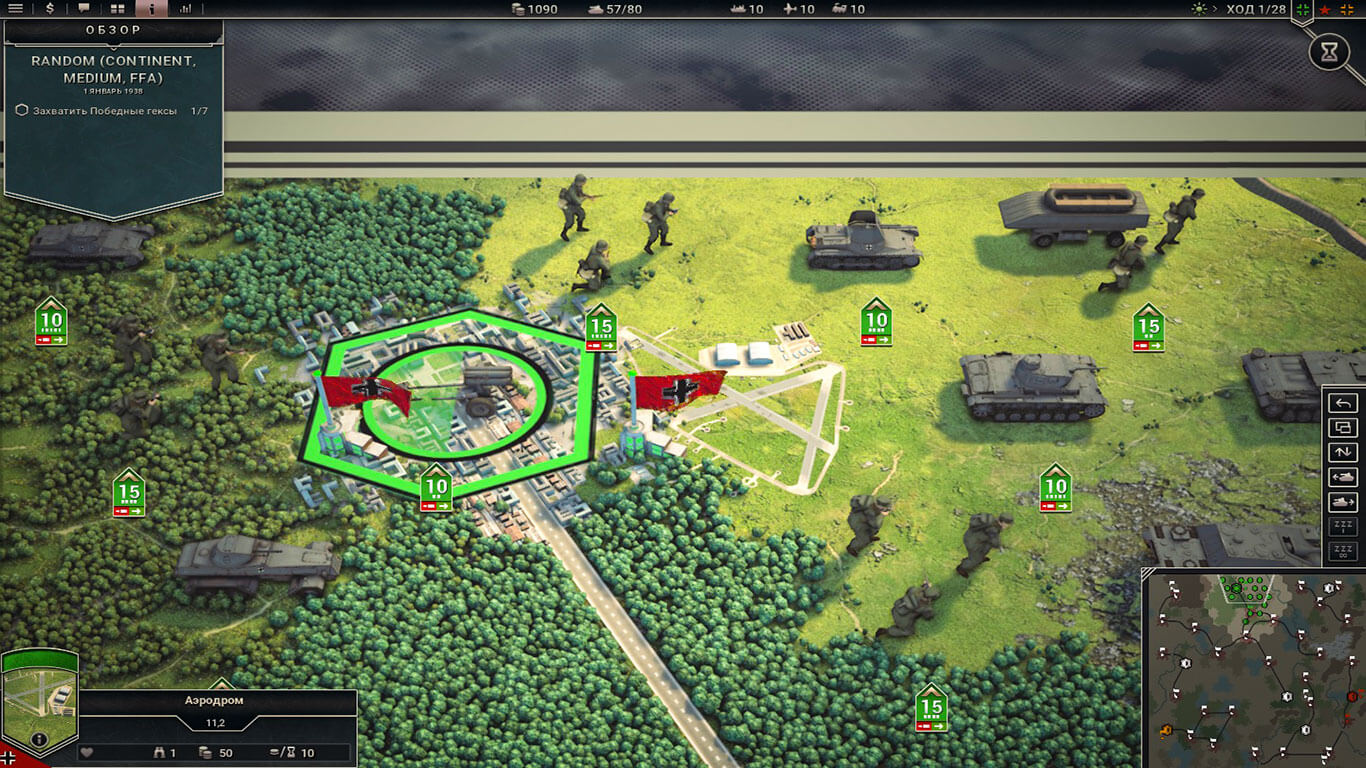
Ww2dbaseAs casualties mounted high for both sides, Hitler made a surprising announcement to withdraw part of the German forces to reinforce Italy, a response to the successful western Allies' landing in Sicily. At the end of the day when the battle subsided, the Germans had lost 60 tanks and Soviets 822. As tanks on both sides burned and sent thick smoke into the sky, aircraft could no longer tell friend from foe, and slowly disengaged themselves from ground targets in fear of striking friendly units. Armor-piercing anti-tank guns also made their share of damage during the battle. Armor on both sides engaged in close-range combat, while air forces took their shots at the tanks on the ground amidst the fierce dogfights in the air. To take advantage of the situation, the entire 5th Guards Tank Army was deployed to strike at the 2nd SS Panzer Corps on 12 Jul, which was to become the largest tank battle in history.

At Prokhorovka Hausser's flanks were supposed to be protected by the 3rd Panzer Corps, which was unexpectedly stalled by the 7th Guards Army. By the second day of the Kursk offensive, German troops had penetrated 20 miles into Soviet territory, at a high cost on both sides. Ww2dbaseOn the next day, Paul Hausser's 2nd SS Panzer Corp advanced under a newly devised tactic Panzerkiel, where Tiger tanks opened the way for other tanks, prying through enemy defensive lines. Around midnight Zhukov, armed with good intelligence on German movement, ordered a bombardment by artillery pieces, mortars, and Katyusha rocket launchers accurately on German forces. Also, Walther Model of the German Ninth Army was employing a rather conservative tactic with his tanks, withholding some in reserve instead of following the usual German tactic that poured all armor strength into battle immediately. Main reasons for the slow German advance were often attributed to the defensive structures, especially mine fields, that the Soviets painstakingly set up. The 2nd SS Panzer Corps, 3rd Panzer Corps, and the 11th Panzer Division stormed Soviet positions, making advances through the rest of the day, but the Soviets resisted fiercely and slowed the German advances. Nevertheless, after sappers of the Großdeutschland Division bravely and efficiently cleared a path through the mine fields the previous night, German Stuka fighters led the attack targeting the lightly armored tops of Soviet tanks, followed by an artillery barrage then by the infantry and armor.

#ORDER OF BATTLE VS PANZER CORPS SERIES#
Ww2dbaseThe battle started on as a series of delays, including the desperate situation in Jun 1943 that took away attention from this offensive. On the other side, the Germans were about to attack with over 800,000 men (including three Waffen SS divisions), 2,700 tanks, and 1,800 aircraft.

Militarily, Zhukov wielded a strength consisted of 1,300,000 men, 3,600 tanks, 20,000 pieces of artillery, and 2,400 aircraft. To prepare for the defense, Zhukov summoned 300,000 civilians and built a series of defenses including tank traps, mine fields, and various defensive positions. Marshall Georgi Zhukov was in command of the Soviet defensive forces, who convinced Josef Stalin to hold off on a summer offensive until he could defeat the impending German attack at Kursk first. By the time the Germans were finally ready to launch the actual offensive, Soviet spy network "the Lucy Ring" and the British intelligence both had already learned of the attack plans, and even without the spy network the massive tank build up would had alarmed the Soviet field commanders there. The offensive to eliminate the surrounded Soviet forces were devised by Colonel General Kurt Zeitzler, at the insistence Adolf Hitler even though Heinz Guderian opposed risking so much for what he believed to be a small gain. The German forces in this battle fielded some new weapons, including the Ferdinand self-propelled artillery and the tank Pather that was designed specifically to counter the Soviet T-34 tanks. He allowed an opening through his line, allowing Soviet forces to advance, forming a bulge, before sending in his Panzers in two pincer movements to encircle the bulge.

Ww2dbaseIn Mar 1943, German general Erich von Manstein captured Kharkov, a city south of Kursk, and formed a long perimeter along the eastern side of the city. This decisive battle would occur near the town of Kursk, a town on the Moscow-Rostov railway, in Southern Russia. Ww2dbaseAfter a two year stalemate, both the Soviets and Germans awaited major confrontations that would define the momentum for either side.


 0 kommentar(er)
0 kommentar(er)
